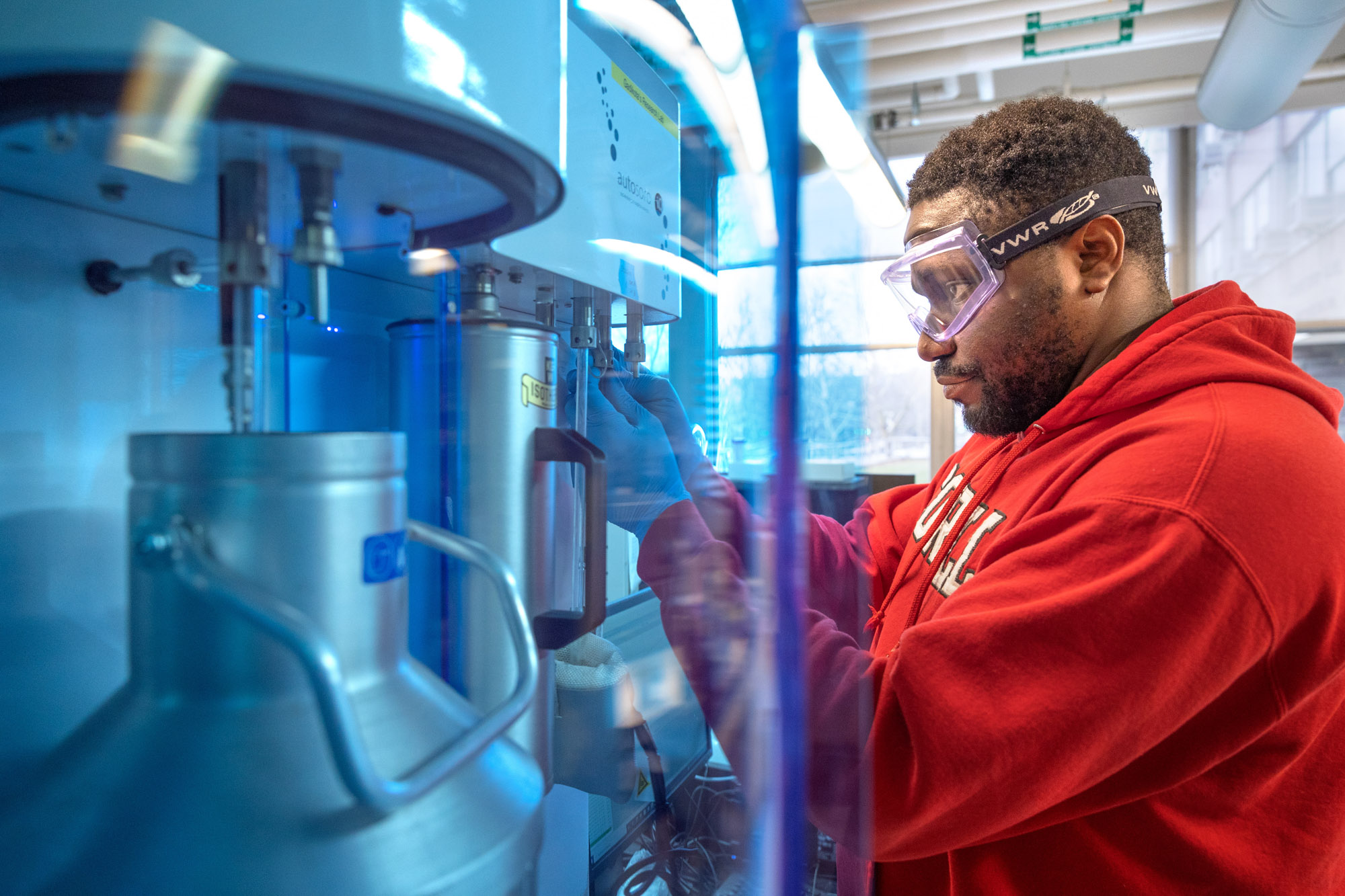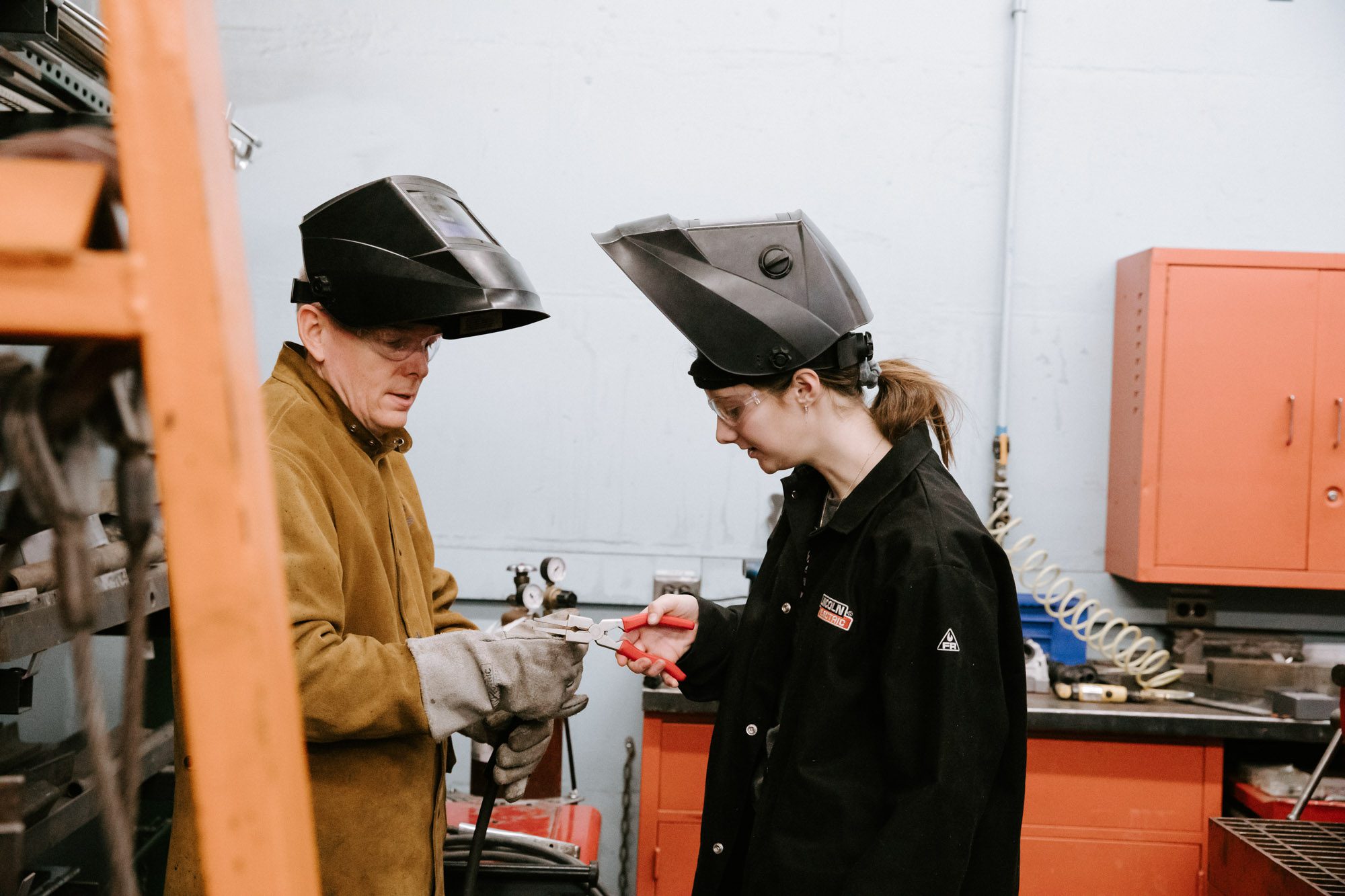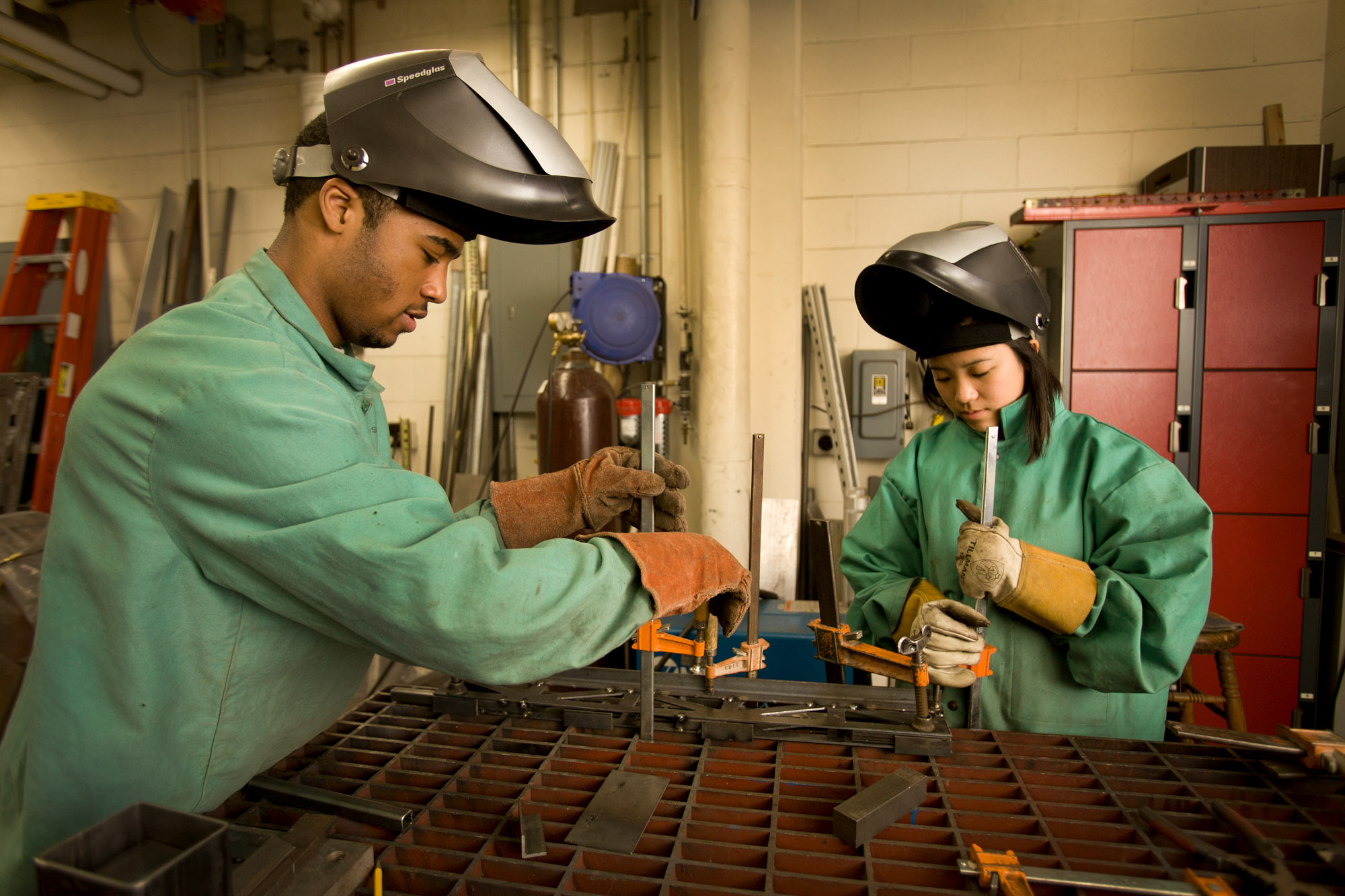
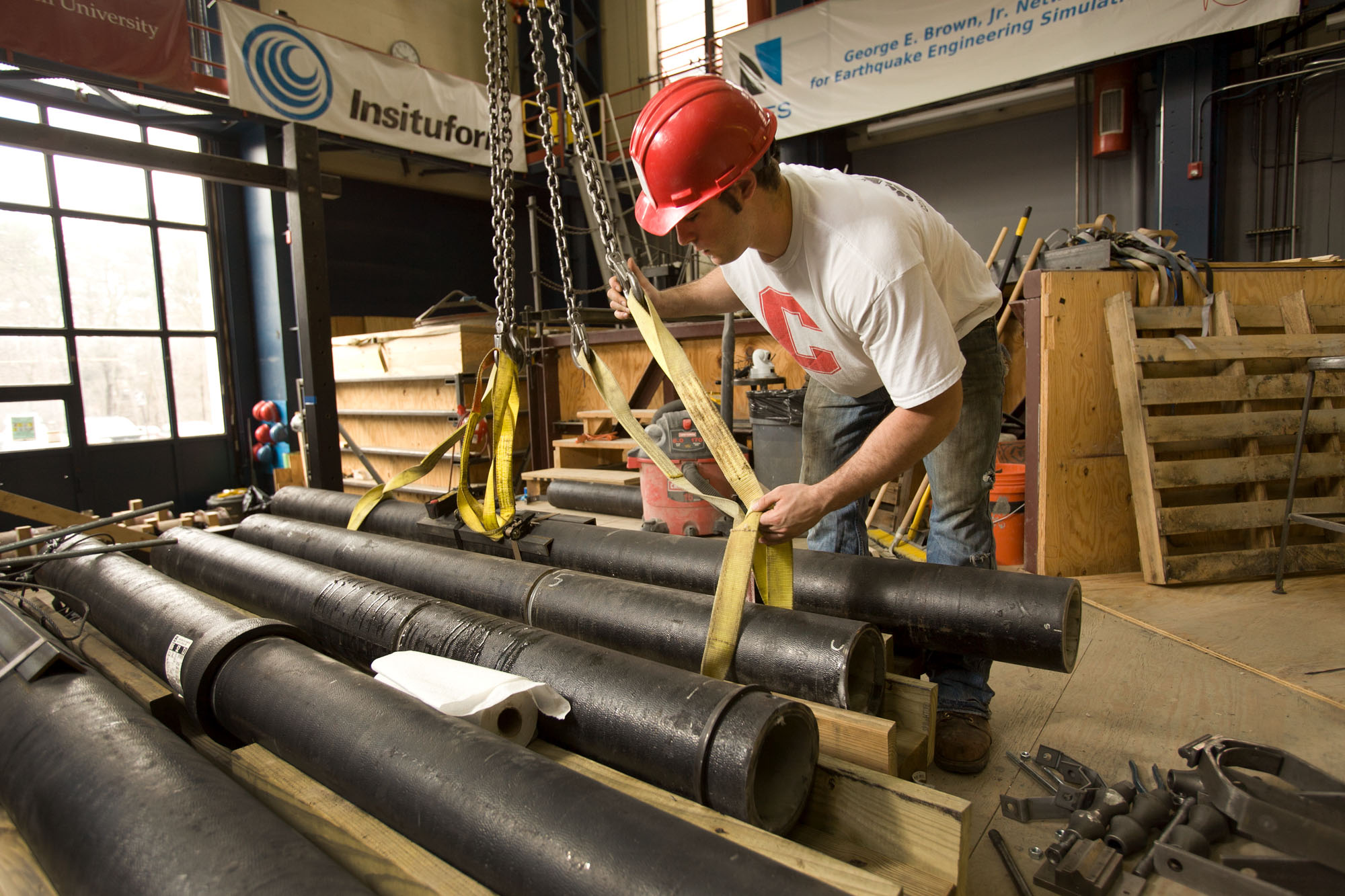
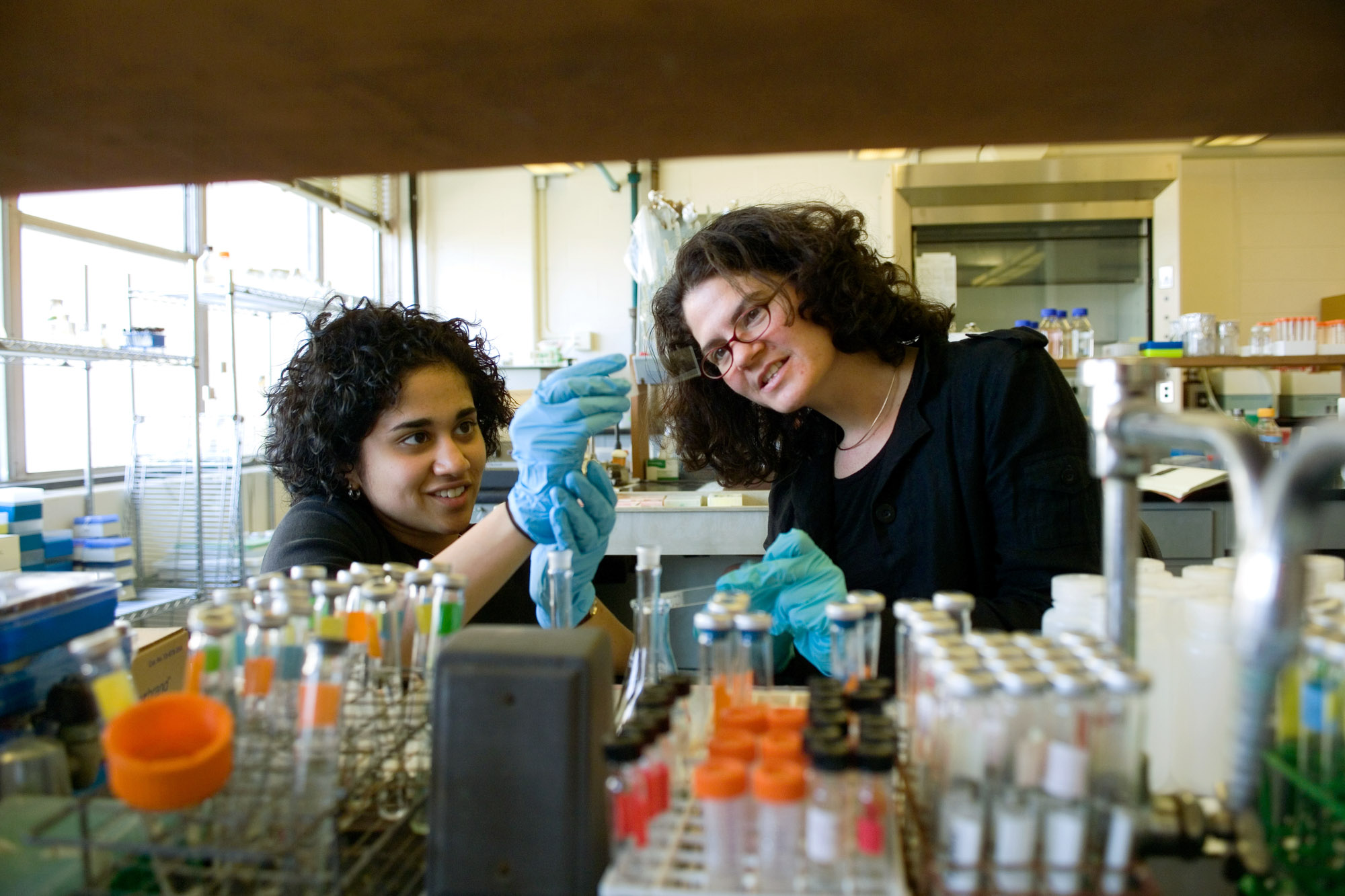
-
Albertson Lab
Focusing on the development of a comprehensive understanding of the exchange rates of mass (e.g. water, CO2, pollutants), energy, and momentum between the land and atmosphere. Primary applications in hydrometeorology and air quality, particularly focused on the fusion of measurements and models for optimal prediction.
-
Daziano Research Group
Daziano Research Group combines technical contributions in the search for more flexible choice models for engineering decision making – such as the derivation and analysis of estimators of advanced statistical models with less stringent assumptions over taste shocks – with empirical applications that necessitate a more flexible approach for providing more accurate predictions. The goal is to better understand the interplay of consumer behavior with engineering, investment, and policy choices for energy-efficient technologies.
-
Environmental C.F.D. Group
The primary objective is to investigate, using numerical simulations, the physics of the interplay between turbulence and internal gravity waves in both mid-water and near the bottom/top and lateral boundaries of the ocean and lakes.
-
Earls Group
Earls Group focuses primarily on developing novel mathematical and computational approaches that enable deep understanding of natural and engineered systems. Practical challenges involving the principled treatment of uncertainty, sparse sensing, and intrinsic complexity are motivational to our work.
-
Critical Infrastructure Systems Lab
CIS Lab works on the interaction between critical
infrastructures and the natural environment. Members characterize climate risk on interconnected infrastructure systems and provide adaptive, robust, and scalable management solutions that balance reliability, resilience, and sustainability. Combining and leveraging elements of process-based modeling, climatology, statistical learning, control theory, and optimization. -
Gao Group
Dr. Gao’s research focuses on transportation systems, environment (especially air quality and climate change), energy, and sustainable development. He also studies sustainable food systems, quantifying and mitigating green-house gas emissions from food supply chains.
-
Physics of Evolving Living Matter Group
We seek to understand how ecological and evolutionary processes play out in spatially extended populations. We use quantitative models inspired by statistical and nonlinear physics, experiments with microbial populations, and genetic engineering to investigate the spatiotemporal dynamics of biological invasions, how biological interactions such as cooperation, conflict and competition for resources affect ecological dynamics, and how adaptive evolution transforms these processes.
-
Gu Environmental Biotechnology Laboratory
Gu Environmental Biotechnology Laboratory focuses on environmental biotechnology for water health, resources recovery, sustainable phosphorus, and development of AI-powered multi-omics tools.
-
Helbling Research Group
Our research focuses on the inextricable link between human social mobility and technological development and the quality of freshwater resources. We are particularly interested in the occurrence and fate of organic chemicals in natural and engineered water systems. The emerging paradigm of sustainable human development recognizes that the distribution of novel chemical entities in the environment is a significant threat to global health and productivity.
-
Information and Decision Science Laboratory
The overarching goal of the Information and Decision Science Lab is to develop data-driven system approaches at the intersection of learning and control to make large-scale, complex cyber-physical systems with nonclassical information structures able to realize how to improve their performance over time while interacting with their environment. The emphasis is on applications related to emerging mobility systems, sociotechnical systems, social media, and smart cities.
-
Mays Group
Our research draws on tools from operations research to inform the design of markets and financial systems able to support an efficient transition to clean resources.
-
McLaskey research group
Our research uses the analysis of ground motions and deformations in order to study the mechanics of earthquakes and other processes such as friction, impact, fracture, and damage processes.
-
Nair Research Group
The main focus of Dr. Nair’s group is to develop novel cementitious materials and testing techniques. The vision for the lab is to probe properties from the micro to the macro scale to accelerate the use of sustainable cementitious materials.
-
Reed Research Group
The Reed Research Group’s primary research interests relate to sustainable water management given conflicting demands from renewable energy systems, ecosystem services, expanding populations, and climate change.
-
Reid Research Group
Our laboratory is focused on investigating the applications of environmental biogeochemistry and ecosystem engineering to water quality problems. Our group seeks to understand and innovate the use of nature-based technologies as sustainable tools to ensure the quality of water resources for societal needs and ecosystem health.
-
Richardson Lab
The Richardson group studies microbial communities of relevance to important environmental engineering problems. Application areas include bioremediation, bioenergy, sustainable wastewater treatment, nutrient and greenhouse gas cycling, and pathogen detection.
-
Scalable MetaStructures Laboratory (SCALE)
SCALE Lab, led by Fani Derveni, develops and characterizes innovative scalable metastructures to address engineering challenges by integrating experimental and computational mechanics.
